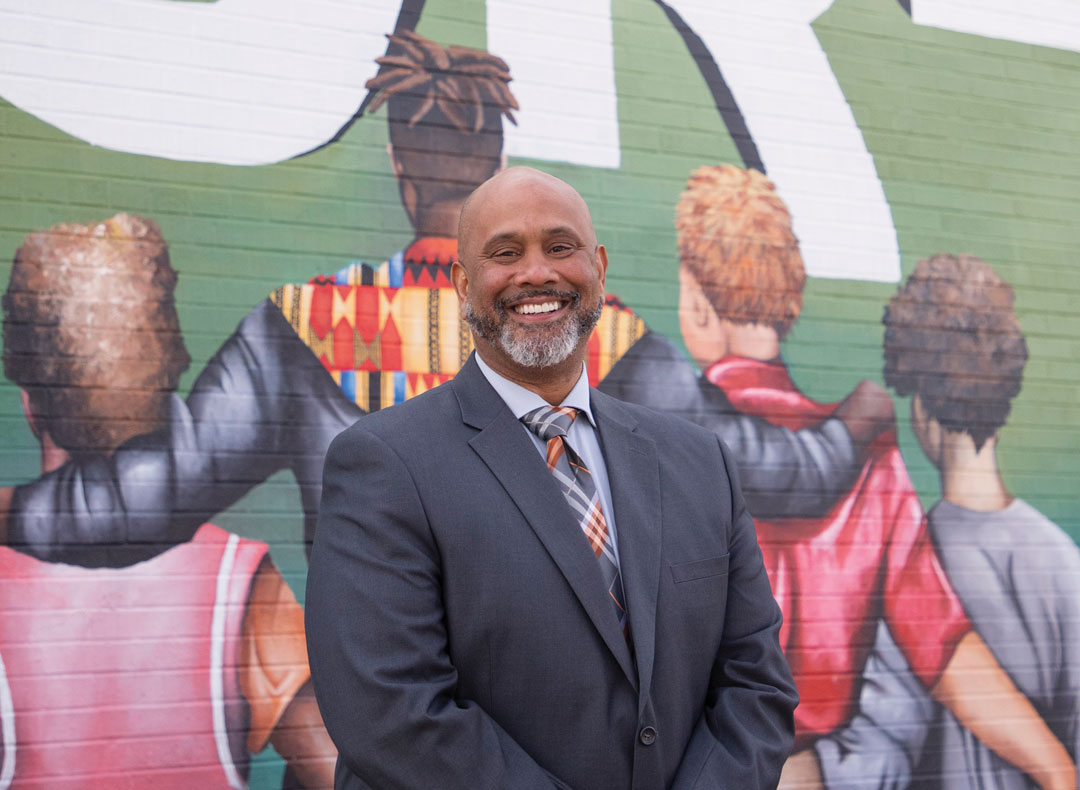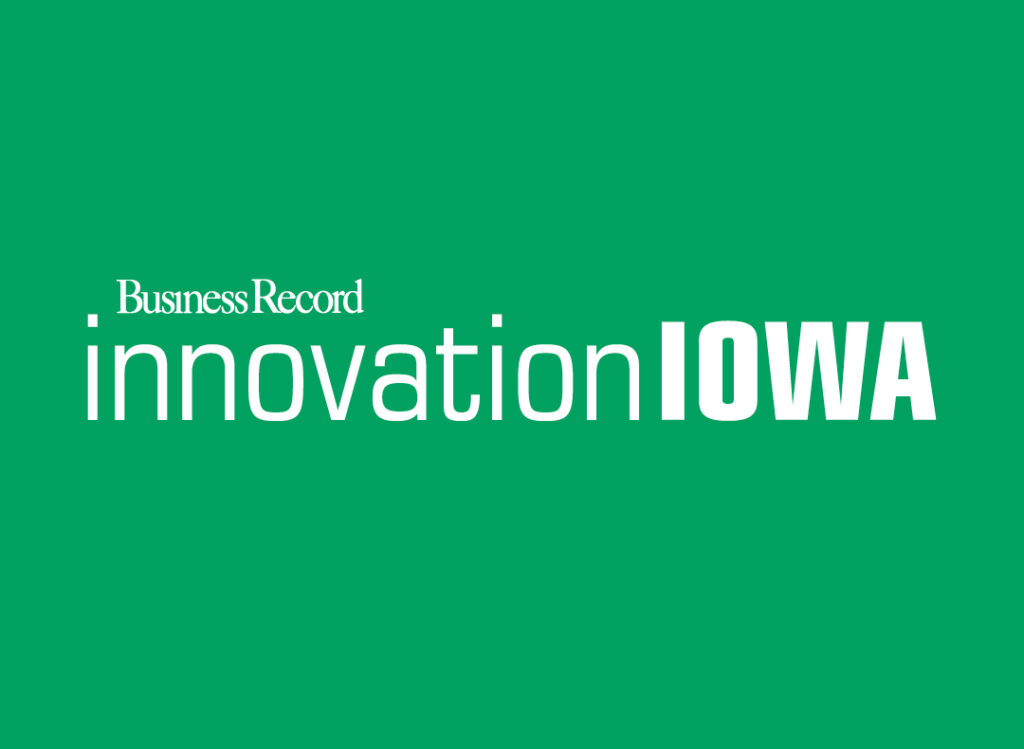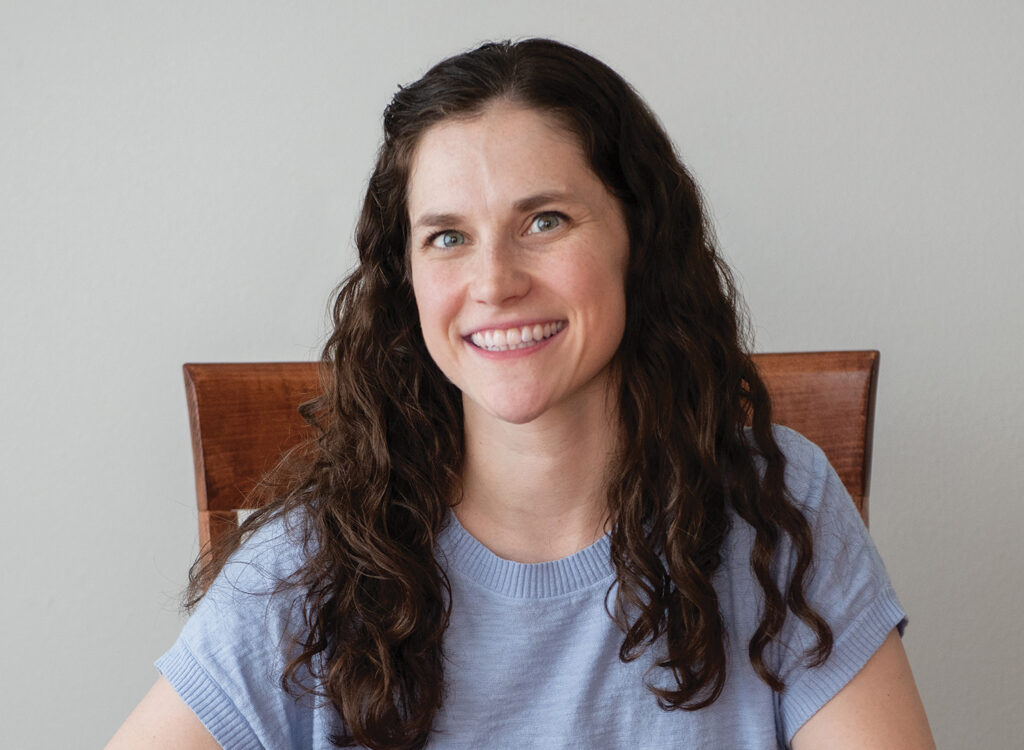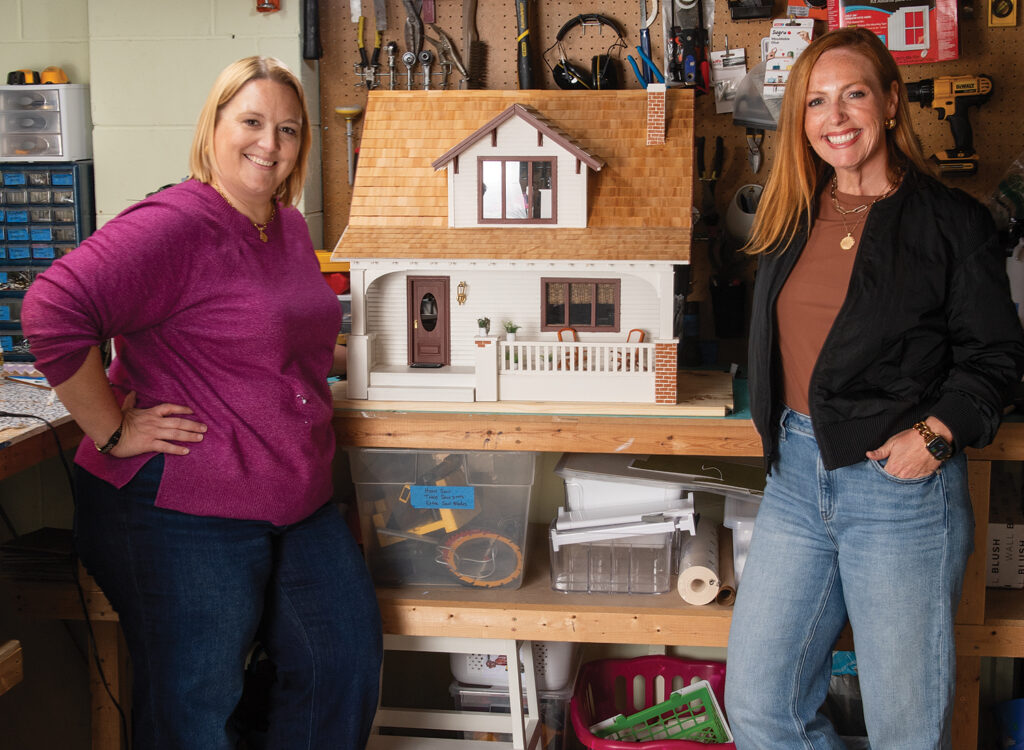Belonging
How Iowa’s culture plays a role in workplace inclusion

Business Record Staff Mar 17, 2023 | 6:00 am
10 min read time
2,274 wordsBusiness Record Insider, Diversity, Equity and Inclusion, Workforce DevelopmentThis series was reported by Emily Kestel, Michael Crumb, Sarah Bogaards and Nora Felder.
Editor’s note: This is part two of a three-part series looking at how the state’s history and values play a role in workplace inclusion. As businesses continue looking to recruit and retain top talent, understanding the nuances of diversity, equity and belonging at work is paramount. Part one focused on Iowa’s history of inclusion, this part focuses on how this affects the workforce, and part three will talk about how leaders can approach solutions.
– Emily Barske, Business Record editor
Why inclusion can give employers a ‘competitive position to attract and retain talent’
At a time when it seems every company is struggling to find workers, it’s important to make inclusion one of the pillars of your company’s strategic plan and start the work at the top of the leadership chain, said experts who work with companies on DEI strategies.
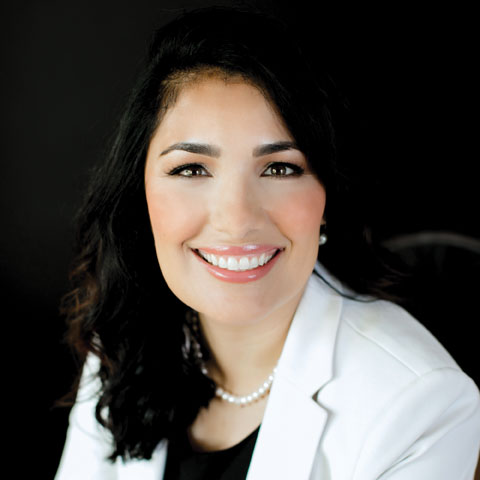
“When employees hear about your efforts and come in for an interview and see there are disparities or not much substance to what you have said, then they back away from the opportunity of working with you,” said Claudia Schabel, president of DEI consulting firm Schabel Solutions. “So the organizations that have had those conversations understand why they’re doing it, invested in those efforts and integrate them into how they do work, they’re much more authentic and that puts them in a much more competitive position to attract and retain talent in Iowa.”
She said inclusion should be the ultimate goal, the “overarching vision.”
“It’s how teams function, how they perform based on the quality of relationships with each other, openness to learning and depth of decision-making,” Schabel said. “It’s a process, and I think sometimes people think that inclusion is just a little square, a checkbox on a list of things to do.”
According to Schabel, diversity can include work background, education, where we live and political ideology, among many other things, and not just race, gender and sexual orientation.
“Race, ethnicity and gender get a lot of attention when we talk about diversity, equity and inclusion because we have a lot of work to do when it comes to promoting inclusivity of people that look different from the dominant group,” she said. “With that said, the definition of diversity is much broader than that. Especially here in the Midwest the association with the word diversity, race and gender is very strong. When I start talking with people, that’s the No. 1 takeaway.”
But it’s important to take a broad view of diversity if a company wants to be successful in retaining and attracting talent, Schabel said.
“We can’t just choose one over another,” she said. “Human beings are complex, and when we bring all those identities together, those combinations are what makes us who we are, unique from one another. It’s extremely important to recognize this broader definition of diversity because that’s how we include more people in the conversation, and we need to include more people in the conversation because this work impacts all of us. DEI enhances, improves, makes organizations and communities better for the enjoyment of all of us.”
DEI awareness and action
The Business Record conducted a survey during late summer and early fall 2022 asking readers to respond to questions about attitudes and actions surrounding DEI efforts in their own companies. Though not scientific, the results provide a pulse on these issues.
Nearly 48% of respondents said they are taking action to address DEI issues. One-third of respondents said they acknowledge that DEI issues exist and that changes are needed to address them.
Roughly 11% of those who responded said they are aware of DEI topics and issues, and about 8.5% said they don’t see DEI as an issue.
“My organization wants to be more active in this area, but struggles to know how to do it effectively,” one respondent wrote. “We are learning, but have a ways to go.”
Another said: “Recruiting employees who represent minority persons is a challenge, but essential. Additionally, I must ensure that our workplace culture is inclusive and appreciative of diversity.”
A company’s DEI journey
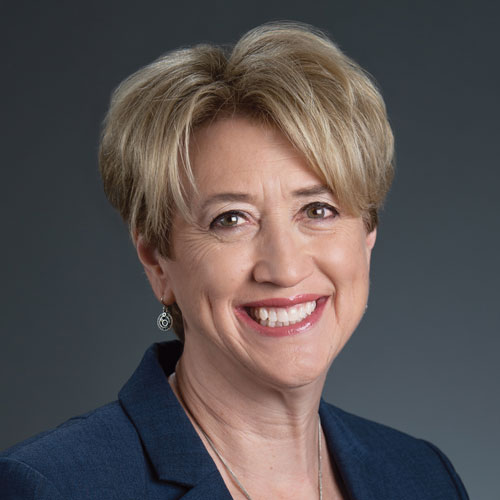
Anne Cooper, senior vice president and chief human resources officer at Sammons Financial Cos., said the company has always had a “healthy, high-performing culture” that it pursued in an intentional way, but really doubled down on elevating that during the social unrest in 2020.
“Like many other employers, we took a look at how we conducted ourselves and what we said about diversity, equity and inclusion,” Cooper said. “Midyear 2020, that was when we were struggling with the social unrest that came following George Floyd’s murder. We had employees asking where we stood as a leadership team.”
The company’s culture council, a group of employees who work together to keep the company’s work culture strong, asked if leadership was going to make a public statement, Cooper said.
“At that point we issued a CEO statement saying we stand for diversity, equity and inclusion in the workplace and we have created a safe and equitable organization. And then we decided we wanted to go a step further and began co-creating as a senior team our diversity, equity inclusion statement — here’s where we are, here’s where we’ve been and we know that we can do more.”
Sammons leadership also created the company’s DEI strategy at that same time, Cooper said.
Sammons CEO Esfand Dinshaw and his direct reports lead the company’s DEI efforts, which include a strategy on how to bring those forward through three pillars. Those include understanding and awareness, which Cooper said is where the education happens. Second is community relationships and partnerships, including charitable giving, both financially and volunteering. The third pillar is leader and workforce representation.
“That’s where you get the idea that we want to see more diversity in our workforce to better represent our communities,” Cooper said.
That is done through recruiting and being present in the community, as well as mentoring, development and internships, she said.
“Sometimes taking the step to create the action is as big of a triumph for us as maybe the numbers changing or the dollar amounts that are given,” Cooper said.
A major challenge is not being able to make change happen faster, she said.
“I want to make a bigger difference sooner,” she said. “While we’re taking really good steps and we have really good wins and accomplishments along the way, it’s such a journey. It takes a lot of people and work really staying focused. And that’s a challenge I’ve talked about with my HR colleagues when we get together is keeping the momentum going related to DEI efforts is really critical to our outcomes.”
Sammons looks at diversity as diversity of thought, background, race, gender, religion, age, family status and sexual orientation, among other things.
Keeping DEI as a priority is important in recruiting and retaining top talent, Cooper said.
“We’ve heard from our talent attraction team and recruiters that candidates are asking, ‘What’s your DEI strategy, what are you doing, and tell me more about it.’ So there’s an interest from candidates, so it matters. We know it matters and having something that fits who we are feels more genuine and authentic than plastering something on our web page. So we’ve embedded DEI into who we are from our culture standpoint.”
It also matters for retention because employees have pride in what the company does and are more comfortable inviting friends and family to apply for jobs, and they’re more happy to stay with the company, Cooper said.
Breaking barriers
Everyone is diverse, said Marvin DeJear, chief diversity, equity and inclusion officer for the Greater Des Moines Partnership.
“Diversity is a wide range and scope of different things,” he said. “Everybody is an individual person who has their own diversity that they bring to the table.”
DeJear said it’s important for companies to get past the racial components as they continue their own DEI journey.
“I think that is the part that is challenging,” he said. “At the end of it all, if you start to understand the basics of, I’m looking at you as another human being and I’m trying to make sure as humans we can connect on some level, and treat each other with some dignity and respect and not let where we come from or how we may think become obstacles for us to at least find common ground. That’s where we can have conversations where we can move forward in a collaborative manner.”
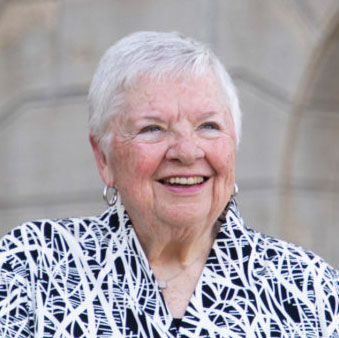
Retired U.S. Ambassador and former Iowa Senate President Mary Kramer believes civility is an important ingredient in the recipe for inclusion. It’s important to look at the humanity of our opponents, she said.
“There is no inclusion unless we can be civil to each other. … We might be able to have pleasantries and share coffee or whatever. But we’re not going to move. We’re not going to change,” she said.
“Our culture has accepted two huge lies,” she said in a session at a Women Lead Change conference. “Both are nonsense, and it’s causing fractures.” Those are: “If you disagree with someone and their lifestyle, you must fear or hate them” and “To love someone, you must agree with everything they say and do.”
Kramer said when working or talking with people who have different opinions or beliefs, it’s important to come to the table asking, “What problem are we trying to solve?” and to find commonalities rather than focusing on differing views.
Part of the journey to inclusion goes back to what we were all taught as children, DeJear said.
“It just gets down to some very simple old-school morals and traditions that we’ve learned our entire lives,” he said. “A lot of times our parents taught us to respect your elders, treat somebody else kindly. We all have these life lessons we learned along the way, so when you really start to get into diversity and inclusion, a lot of those basic principles come back into play.”
DeJear said a company’s DEI strategies can be critical for their ability to attract and retain top talent.
“The days of somebody referring two or three of their friends, that’s no longer the best way to get the talent you need,” he said. “If you’re still going off that internal referral basis and you haven’t even looked at your statements you have out there and your job postings, you’re in trouble.”
DeJear said job postings tell people a lot about a company, and job candidates are more aware than ever of a company’s DEI strategy before they apply.
“So you have to show it from the job posting to the interview process,” he said. “[Candidates] are going to fact check you. They’re going to see what you’re saying publicly, or what you’re not saying. Sometimes being quiet is not necessarily the answer anymore. They want to know where you stand. Particularly Gen Z, they are more and more understanding who you are as a firm before they even apply.”
Look for part three, which dives into solutions for workplace inclusion, in the next issue of the Business Record.
Business Record survey provides pulse on DEI efforts
The Business Record’s workplace inclusion survey was conducted during late summer and early fall 2022. Almost all of the respondents (94.35%) were located in Central Iowa. Seventy-five percent of respondents identified as white or Caucasian, followed by Black or African American (11.29%), and Hispanic or Latino (4.84%). Women made up 66% of the respondents while men made up 28%. Over 15% of respondents said they live with a disability.
While not scientific, this information provides a pulse on how individuals view inclusion and belonging efforts in the business community and their workplaces.
What size of organization do you work for?

How would you describe your personal ties to diversity, equity and inclusion?

Do you have a say in decisions related to your organization’s diversity, equity and inclusion efforts?

How would you describe your workplace’s ties to diversity, equity and inclusion?

Respond to this statement: Iowa’s businesses as a whole are moving the needle on diversity, equity and inclusion efforts.

How has your workplace faced challenges when it comes to inclusion?
Respondents to the Business Record’s inclusion survey said finding people of color to fill positions has been a challenge for them. Others have reported that they feel their company has made significant progress in recent years.
One respondent said DEI talks are happening behind closed doors with no feedback to the organization. Another shared perceived conflicts with clients who may not be making DEI a priority.
“Where we face challenges is in our board and senior staff making these efforts a priority and dealing with a sense that our primary clients wouldn’t like us to be more visible in this area,” they wrote.
Others wrote:
“We often give lip service to DEI but are unwilling to commit the resources and infrastructure to making meaningful, sustained change. Our DEI office’s budget is paltry, and many of our administration members throw up roadblocks to meaningful solutions.”
“Linking metrics to accountability – to make sure we are meeting our goals. Sometimes that means more resources in some places or taking risks that have never been done before.”
“We have had pushback from some of our more rural affiliates regarding DEI efforts. Some employees ‘do not see color’ or do not think this is important work,” the respondent wrote. “We have gotten more pushback surrounding racialized persons than LGBTQ persons and efforts we are working on in that space.”

